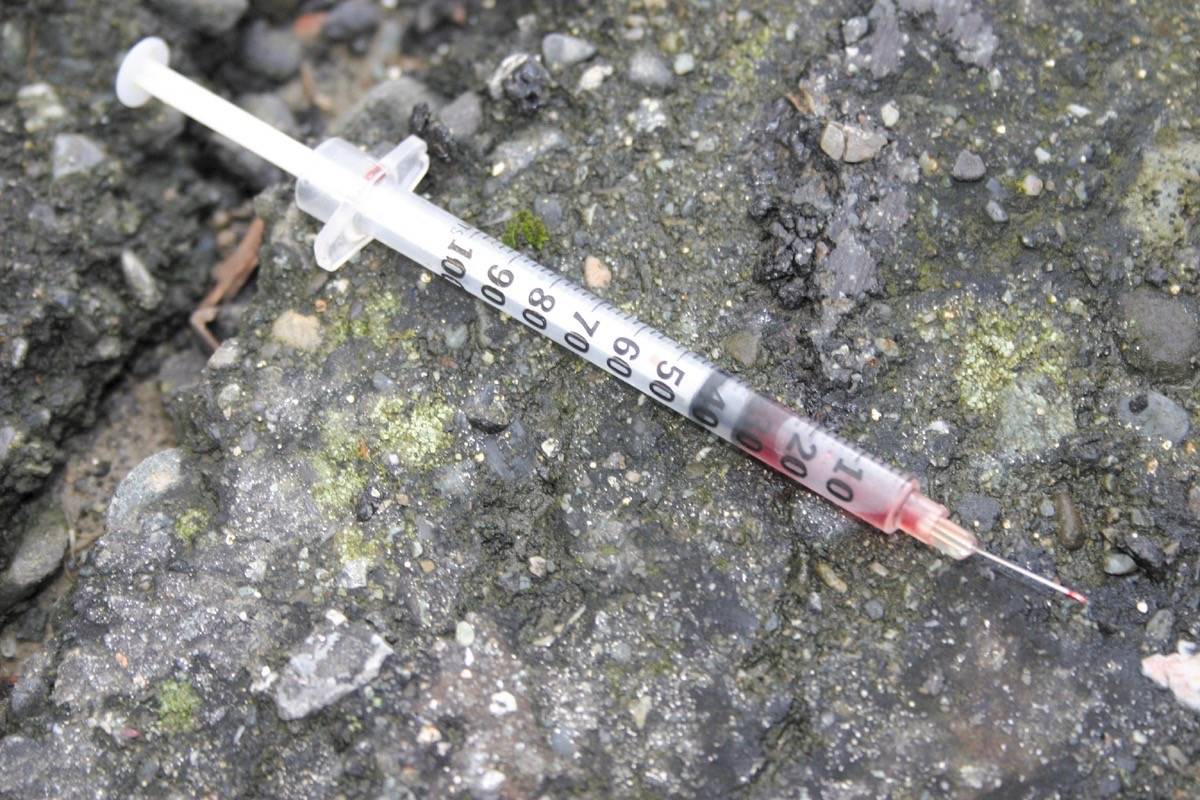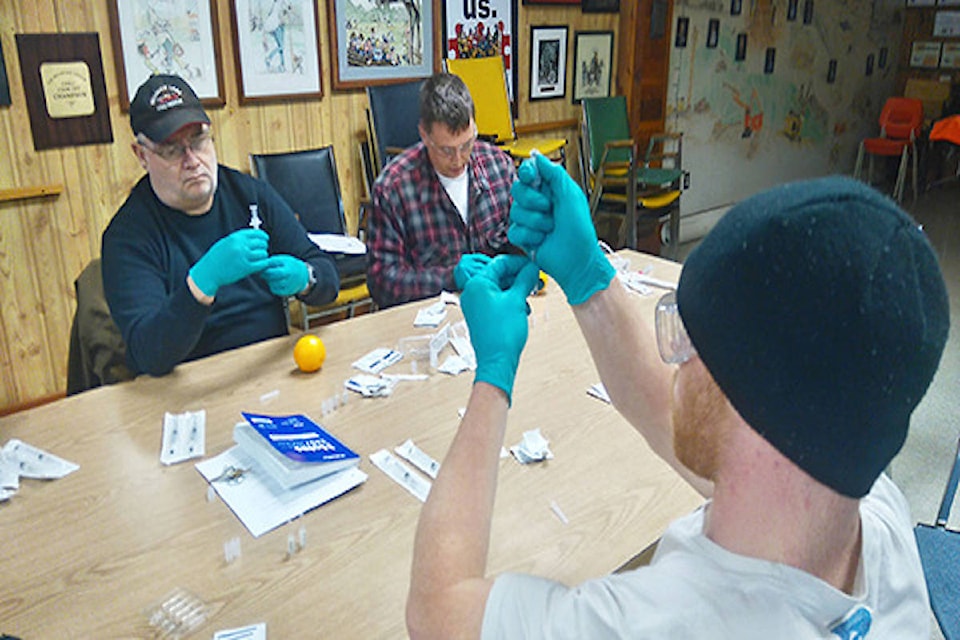The illicit drug crisis in British Columbia continues to take more lives as recent data shows more than 100 people died during the month of May.
Before November 2016, the province had never seen as many as 100 deaths in a single month. Now, and in every month since, numbers routinely exceed 110.
This jump in drug-related deaths culminated in December when numbers reached an all-time high of 159 deaths in that month alone.
Research from the e also shows the proportion of illicit drug deaths where was detected continues to climb. Last year, roughly 60 per cent of of these deaths included fentanyl, but that number has risen to 72 per cent through the first four months of 2017.
“The number of deaths shows that the risks remain extreme,” said Chief coroner Lisa Lapointe, adding that people should avoid experimentation or any casual use of illicit drugs.
“The drug supply is unsafe, and casual and occasional users are at high risk of overdose due to their opioid naiveté.”
Lapointe also urges those who are drug-dependent to only use when medical help is available, such as an overdose prevention site or in the company of a sober person with access or training in the use of naloxone.
Some signs of a possible overdose include:
- Heavy snoring
- Inability to wake them up
- Respiratory distress
More than 80 per cent of illicit drug deaths are men and almost 75 per cent involve someone between the ages of 30-59. Most of these deaths occur indoors, and none have been reported from supervised consumption sites or overdose prevention sites, according to a release from the Ministry of Public Safety and Solicitor General, and the BC Coroners Service.
Cities with the highest number of deaths include .
ragnar.haagen@bpdigital.ca
Like us on and follow us on .




